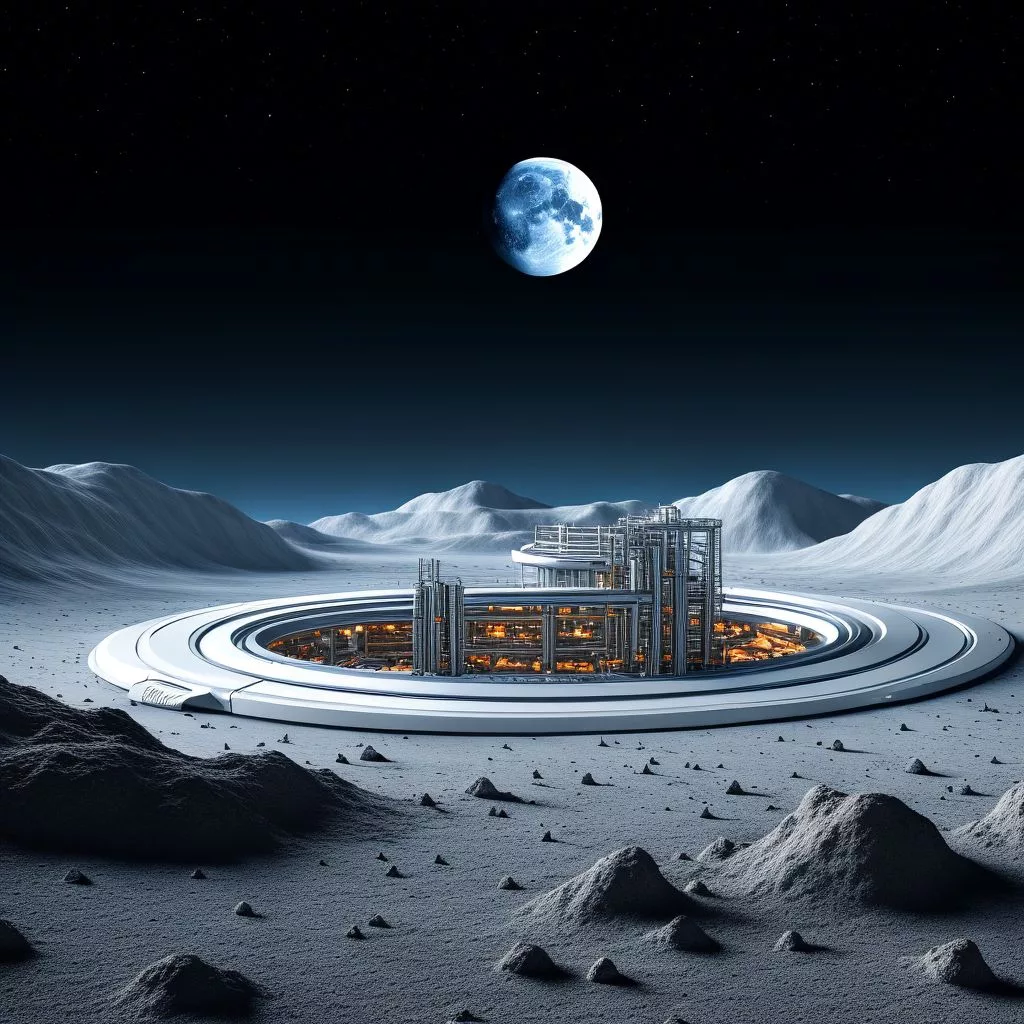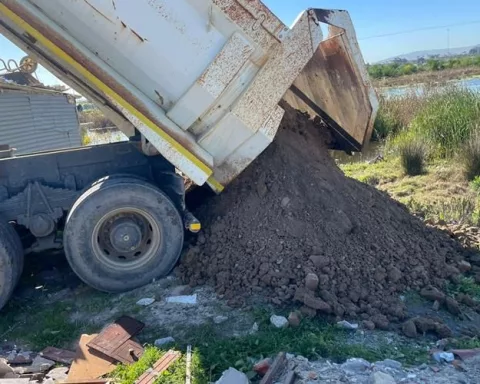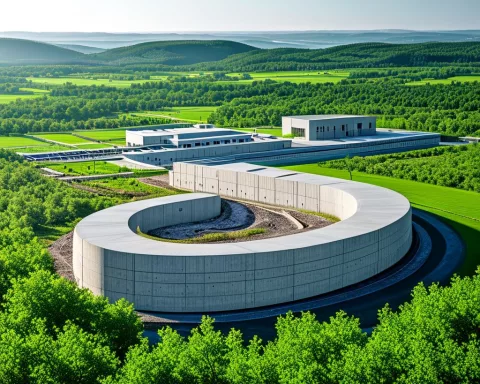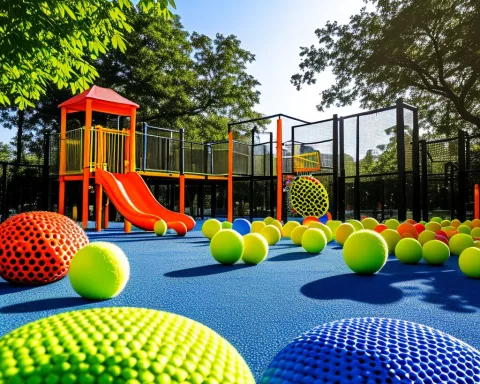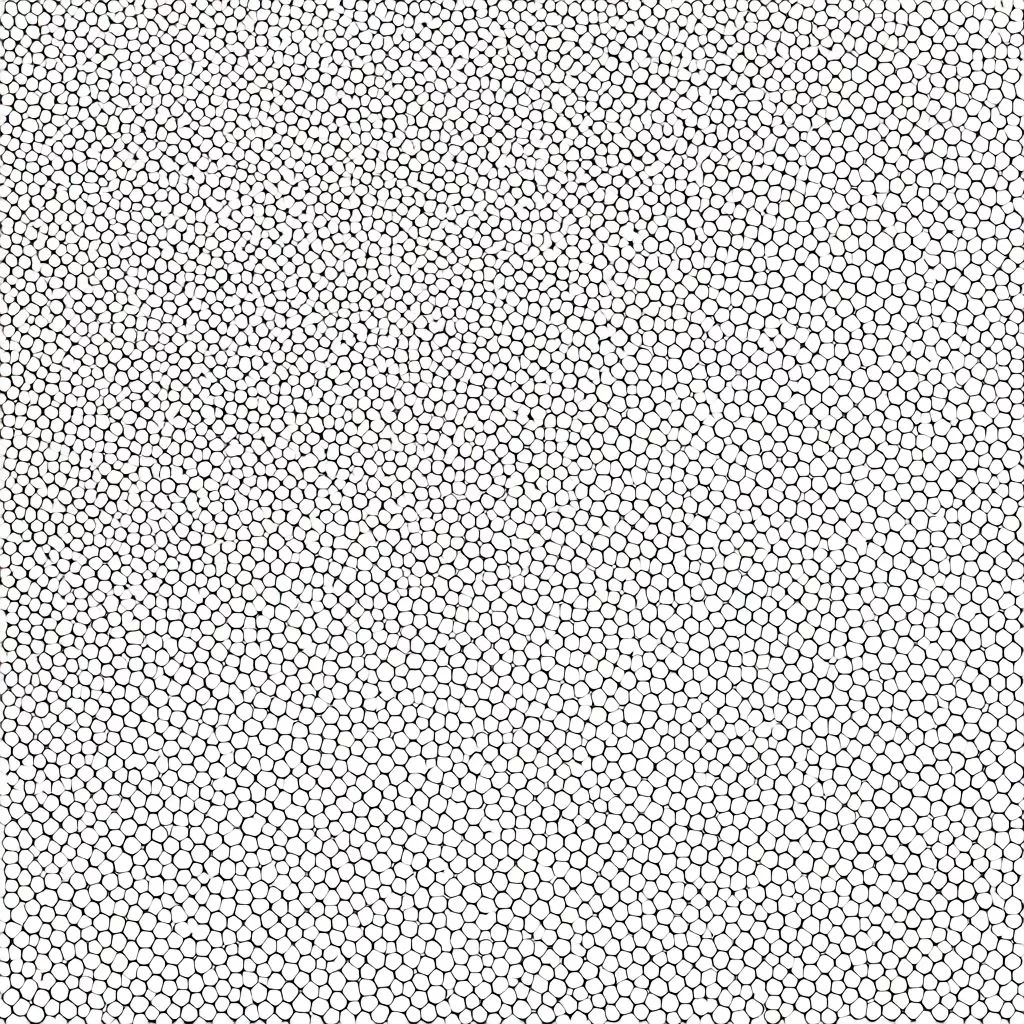The LunaRecycle Challenge is an exciting NASA competition that aims to turn waste from past Moon missions into useful resources like water and energy. With a big prize of $3 million, it invites creative thinkers from around the world to design ways to recycle human waste left by astronauts. This effort is part of NASA’s Artemis program, which plans to establish a lasting human presence on the Moon. Participants can work on building real-life recycling systems or create virtual models to test their ideas. The challenge highlights the importance of being responsible and sustainable, not just on Earth, but also in space!
What is the LunaRecycle Challenge?
The LunaRecycle Challenge is a NASA initiative aimed at fostering sustainable space exploration by recycling human waste left on the Moon. With a $3 million prize, it encourages innovators to create technologies that transform waste into valuable resources like water and energy, promoting responsible waste management for future lunar missions.
NASA is on a mission to revolutionize space exploration with a keen focus on sustainability through its LunaRecycle Challenge. With a generous prize pool of $3 million, this global competition calls on innovators to devise ways to recycle human waste left on the Moon by Apollo missions, as well as for future space expeditions. This initiative is a crucial component of NASA’s Artemis program, which aims to return humans to the Moon and maintain a lasting presence there.
During the Apollo missions of the late 1960s and early 1970s, astronauts left behind bags of human waste—comprising feces, urine, and vomit. This was done to reduce the spacecraft’s weight and make room for lunar samples. Today, NASA sees these waste bags as golden opportunities for innovation. The goal is to transform this waste into valuable resources such as water, energy, and fertilizer, thereby reducing toxic byproducts and limiting the amount of waste that needs to be brought back to Earth. This initiative underscores NASA’s dedication to sustainable practices both on our home planet and in outer space.
The LunaRecycle Challenge has attracted global participation, with NASA currently evaluating proposals to pinpoint viable waste-processing technologies for upcoming missions. The challenge is divided into two primary categories: the Prototype Build Track and the Digital Twin Track.
Prototype Build Track: Engineering Practical Solutions
The Prototype Build Track emphasizes the design and construction of hardware systems capable of recycling various types of solid waste on the Moon. NASA has identified several key areas for sustainability research that require further development. These areas include waste management for lunar habitats and the utilization of recycled materials in space-based and surface manufacturing. While it is not mandatory for teams in this track to incorporate the production of useful end products into their designs, this flexibility encourages a wide array of innovative solutions. Each solution contributes uniquely to the overarching goal of sustainable lunar living.
Drawing parallels between this initiative and historical artistic movements helps to illuminate its innovative spirit. Just as the Cubists deconstructed forms to reassemble them into new, dynamic compositions, these modern-day innovators are breaking down waste to create something useful and life-sustaining. This process of creative destruction and reconstruction lies at the core of both art and science, fostering a transformative approach to waste management in space.
The Prototype Build Track stands as a platform for engineers and scientists to tackle real-world problems through practical applications. Their solutions are expected to address the stringent requirements of the lunar environment, where resources are scarce and the stakes for sustainable living are high. This track not only seeks to solve immediate waste management issues but also aims to set the groundwork for long-term sustainability in space exploration.
Digital Twin Track: Virtual Innovation in Extreme Environments
In contrast, the Digital Twin Track leverages NASA’s concept of a digital twin—a virtual model of a physical system. Originally developed to design and construct systems for extreme environments like the Moon or Mars, digital twins enable extensive virtual testing of designs and configurations. This reduces reliance on physical prototypes, thereby cutting both costs and development time. Participants in the Digital Twin Track are tasked with creating a comprehensive virtual model of a waste recycling system tailored for the lunar surface. The goal is to convert solid waste streams into useful end products, contributing to the overarching mission of sustainable space exploration.
The use of digital twins can be likened to the meticulous planning and foresight seen in Renaissance architecture. Architects from that era, such as Brunelleschi, used detailed blueprints and models to bring their grand visions to life. Similarly, digital twins allow modern-day innovators to perfect their designs in a virtual space before implementing them in the harsh lunar environment. This approach enables a level of precision and foresight that is crucial for the success of long-term space missions.
Digital twins offer a unique advantage by allowing researchers to simulate various scenarios and conditions that the hardware might encounter on the lunar surface. This virtual testing ground not only ensures the viability of the designs but also accelerates the innovation process. As a result, participants can rapidly iterate and refine their solutions, paving the way for more robust and reliable waste management systems in space.
Broader Implications and Historical Context
NASA is not merely seeking technical solutions but visionary ideas that can pave the way for a new era of sustainable space exploration. The LunaRecycle Challenge is part of a broader narrative of environmental stewardship that has gained momentum over recent decades. Just as the environmental movement of the late 20th century emphasized the importance of preserving Earth’s ecosystems, NASA’s current efforts highlight the necessity for sustainability beyond our home planet. This alignment with global sustainability goals underscores the interconnectedness of our actions, whether on Earth or in space.
The challenge echoes the principles of the Bauhaus movement, which aimed to integrate art, technology, and craftsmanship to create functional and aesthetic solutions. Participants in the LunaRecycle Challenge are similarly tasked with merging scientific ingenuity, technological innovation, and practical application to address a pressing issue. The resultant designs, whether physical prototypes or digital models, embody the Bauhaus ideal of form following function.
Anecdotes from the annals of space history add depth to the challenge’s significance. During the Apollo missions, astronauts focused primarily on exploration and survival, giving little thought to the long-term implications of the waste they left behind. Now, as humanity gears up for a more permanent presence on the Moon, these considerations have become crucial. The LunaRecycle Challenge represents a shift in perspective—a recognition that sustainable exploration necessitates responsible waste management.
As NASA reviews the proposals for the LunaRecycle Challenge, the agency seeks not only technical solutions but also visionary concepts that can usher in a new era of sustainable space exploration. This endeavor demands a blend of creativity, scientific rigor, and a nuanced understanding of the lunar environment’s challenges and opportunities.
The LunaRecycle Challenge serves as a testament to human ingenuity and our ability to solve complex problems through innovation and collaboration. It invites us to rethink waste management, viewing waste not as an inconvenient byproduct but as a potential resource. This shift in perspective has far-reaching implications, not only for future lunar missions but also for waste management practices on Earth. Through this challenge, NASA continues to push the boundaries of what is possible, inspiring us to look to the stars with a vision of sustainability and stewardship.
Ultimately, the LunaRecycle Challenge stands as a beacon of what can be achieved when we combine innovative thinking with a commitment to sustainability. As humanity reaches for the stars, we are also learning to care for our celestial and terrestrial homes, ensuring that our exploration is both pioneering and responsible.
“`markdown
What is the LunaRecycle Challenge?
The LunaRecycle Challenge is a NASA initiative aimed at fostering sustainable space exploration by recycling human waste left on the Moon. With a $3 million prize, it encourages innovators to create technologies that transform waste into valuable resources like water and energy, promoting responsible waste management for future lunar missions.
How does the challenge support NASA’s Artemis program?
The LunaRecycle Challenge is a crucial component of NASA’s Artemis program, which aims to return humans to the Moon and maintain a lasting presence there. By developing sustainable waste recycling methods, the challenge supports long-term human habitation and resource utilization on the lunar surface.
What types of solutions are participants encouraged to develop?
Participants can work on two types of solutions: the Prototype Build Track, where teams design and construct physical prototypes for recycling waste, and the Digital Twin Track, where participants create virtual models to simulate and optimize waste recycling systems. Both tracks contribute to sustainable practices in space.
What are the key areas of focus for the Prototype Build Track?
The Prototype Build Track emphasizes the development of hardware systems capable of recycling various types of solid waste on the Moon. Key areas include waste management for lunar habitats and the utilization of recycled materials in space-based manufacturing, aiming for innovative solutions that address the unique challenges of the lunar environment.
How does the Digital Twin Track benefit the development process?
The Digital Twin Track allows participants to create a virtual model of a waste recycling system, enabling extensive virtual testing of designs and configurations. This reduces reliance on physical prototypes, cutting costs and development time, while allowing for rapid iteration and refinement of solutions to ensure viability in the lunar environment.
What broader implications does the LunaRecycle Challenge have for sustainability?
The LunaRecycle Challenge not only aims to solve technical waste management issues but also promotes a shift in perspective regarding waste. By viewing waste as a potential resource, it encourages innovative thinking that can have far-reaching implications for sustainable practices on Earth, aligning with global sustainability goals and fostering a deeper sense of environmental stewardship.
“`

